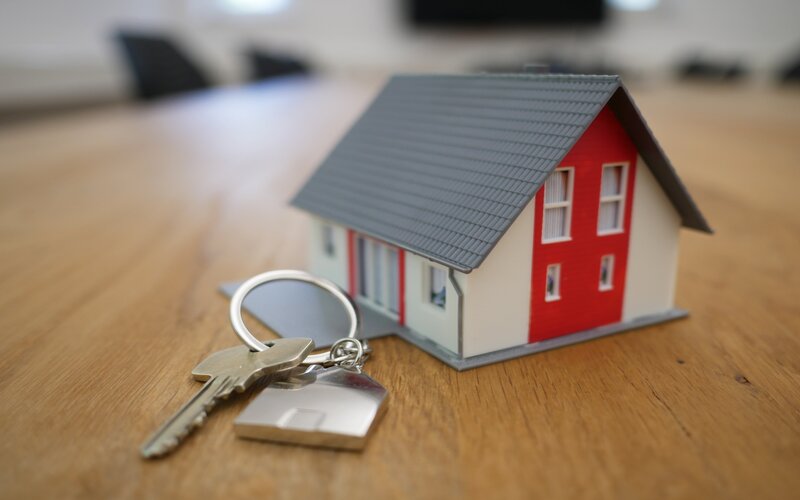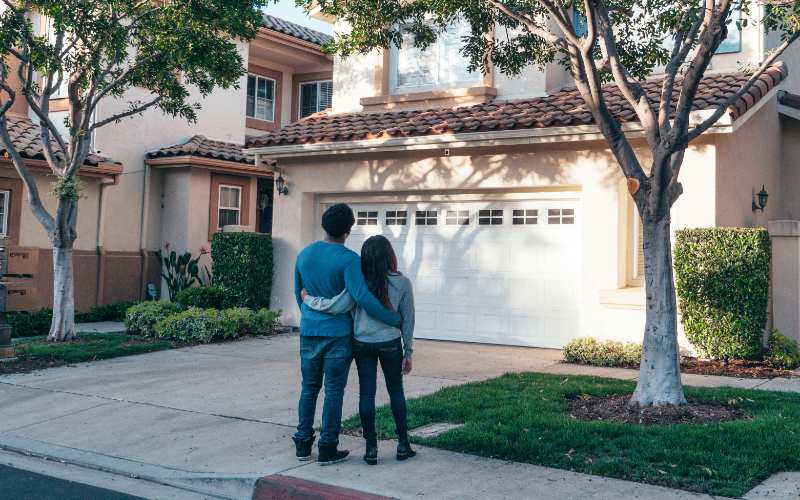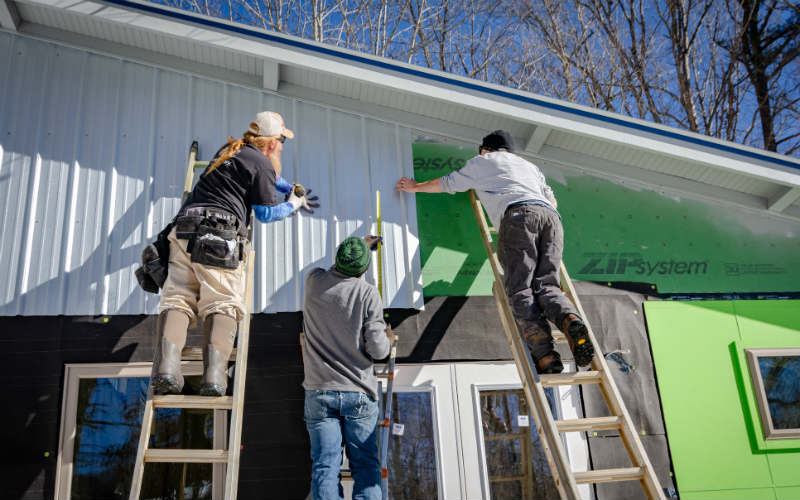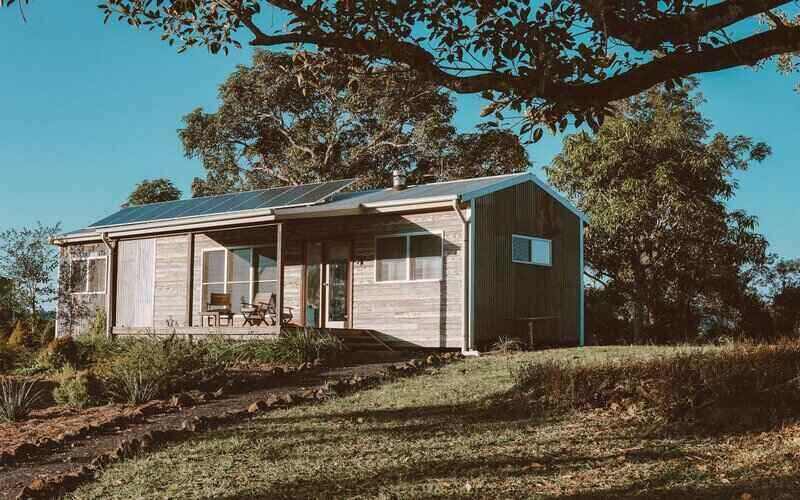The Bill, first introduced into the House of Representatives on September 12 and the Senate on September 18, was passed by both houses this week.
The controversial scheme is expected to kick off on 1 January 2020 and will support 10,000 first home buyers on low and middle incomes each financial year.
In a joint statement with Minister for Housing and Assistant Treasurer Michael Sukkar, Treasurer Josh Frydenberg said the passage of the scheme will “facilitate earlier access to home ownership for first home buyers”.
“The Government recognises that saving a deposit has become a more significant barrier to entering the housing market. It can take ten years for the average first home buyer to save a 20% deposit.”
Ken Morrison, Chief Executive of the Property Council of Australia, said the new first home loan scheme will not only make it easier for first home buyers to get into the market, but it will also provide timely stimulus for housing and construction supply.
“The current ‘deposit gap’ has been a big hurdle for many first home buyers and adds to the time they need to spend saving to meet the lenders deposit requirements or purchase expensive mortgage insurance,” Mr Morrison said.
“The First Home Loan Deposit Scheme reduces these barriers to entry for up to 10,000 first home buyers every year, and boosts support for construction sector jobs, helping to drive economic growth at a critical time.”
Effectiveness of the scheme called into question
Since its announcement in May, reaction to the scheme has been mixed, with concerns about the limited information available on the scheme and the extent to which it will improve housing affordability.
Grattan Institute’s household finances program director Brendan Coates said the scheme is unlikely to make much of a difference to home ownership rates for young Australians because the scheme is too small to be effective.
“Because the Scheme is small – the Government intends to offer just 10,000 guarantees a year – it is unlikely to make much of a difference to home ownership rates for young Australians, or house prices,” Mr Coates said.
But he says expanding the scheme wouldn’t work either.
“It would push up prices, benefitting sellers at the expense of first home buyers, while increasing the risks of inappropriate lending at costs to both households and government.”
“The fundamental flaw with the Scheme – like the current First Home Super Saver Scheme and the Howard and Rudd Government’s first home-owners’ grants – is that it tries to fix the housing affordability problem by adding to demand for housing.
“Because it costs the budget less, this latest Scheme is less bad than its predecessors. But it shares their critical flaw: it pretends we can make housing more affordable without hurting anyone,” Mr Coates said.
Australian Housing and Urban Research Institute executive director Dr Michael Fotheringham is concerned the scheme will favour those who could purchase a home without using the scheme.
“There’s a risk that they then start gaming the system and saying, ‘I missed out on the round this year; I’ll wait until next year’, and not try to pursue home ownership themselves in the meantime,” Mr Fotheringham said.
Mr Fotheringham believes the scheme should be targeted towards the lowest income groups who need it most.

Ready, Set, Buy!
Learn everything you need to know about buying property – from choosing the right property and home loan, to the purchasing process, tips to save money and more!
With bonus Q&A sheet and Crossword!



 Denise Raward
Denise Raward
 Harrison Astbury
Harrison Astbury
 Harry O'Sullivan
Harry O'Sullivan
 Brooke Cooper
Brooke Cooper
 Emma Duffy
Emma Duffy

